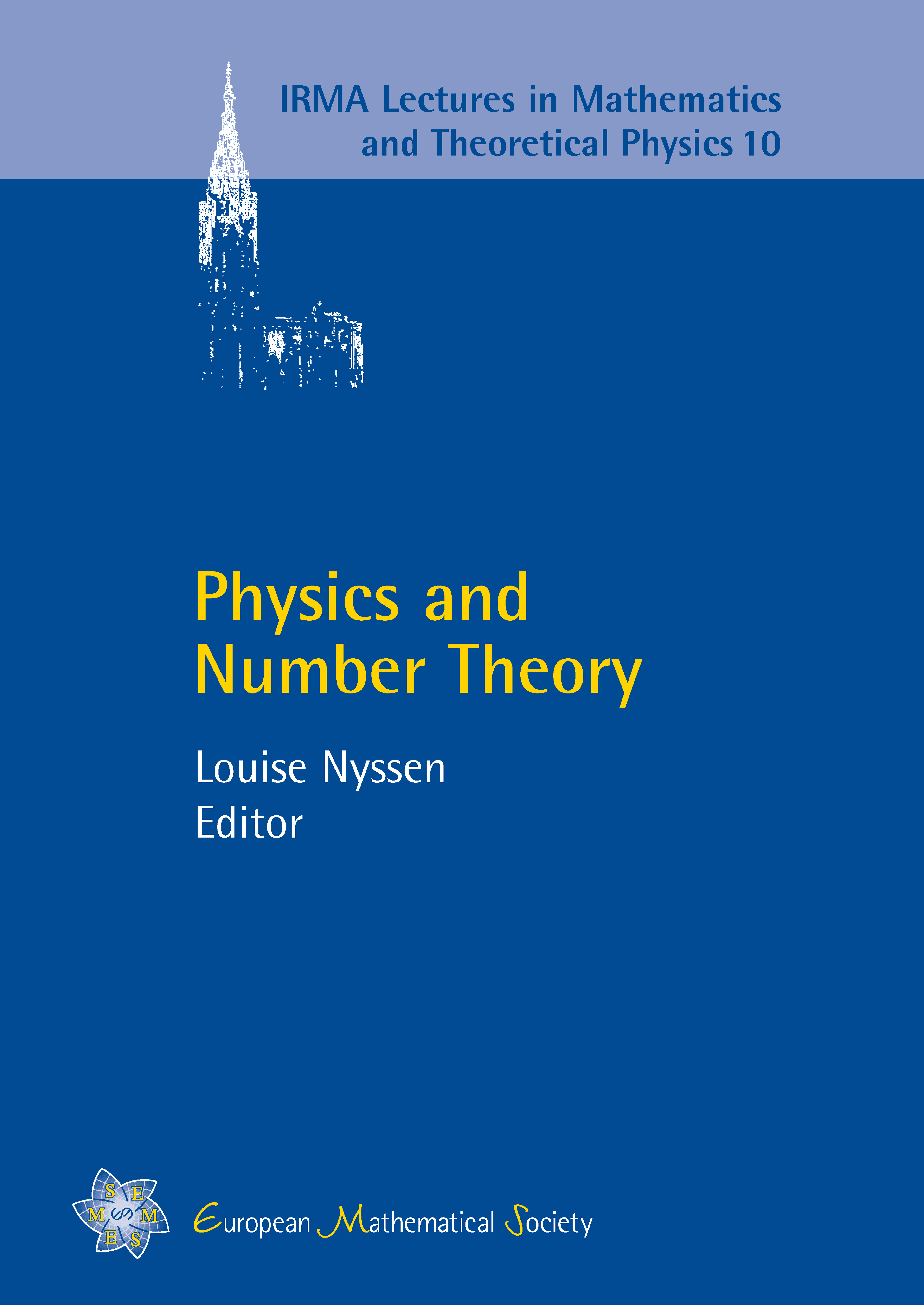The phase of oscillations and prime numbers: classical and quantum
Michel Planat
Institut FEMTO-ST, Besançon, France

A subscription is required to access this book chapter.
Abstract
An overview of the paradigm of phase-locking at the nonlinear, geometric, quantum and finite field level is attempted. It is applied to finite resolution measurements, the 1/f noise in a communication receiver, and to quantum information concepts. The Mangoldt function of prime number theory is found to be the generator of low frequency noise in the coupling coefficient between oscillators, in the scattering coefficient, and in quantum statistical states. On the other hand, phase operators defined on finite fields (and rings) control the quantum information primitives. Huyghens coupled pendulums, the Adler equation, the Arnold map, continued fraction expansions, discrete Möbius transformations, Ford circles, coherent and squeezed states, Ramanujan and Weil sums, the Riemann zeta function, Bost and Connes KMS states, Galois fields and rings and their additive characters are used successfully to unveil the phase dynamics.